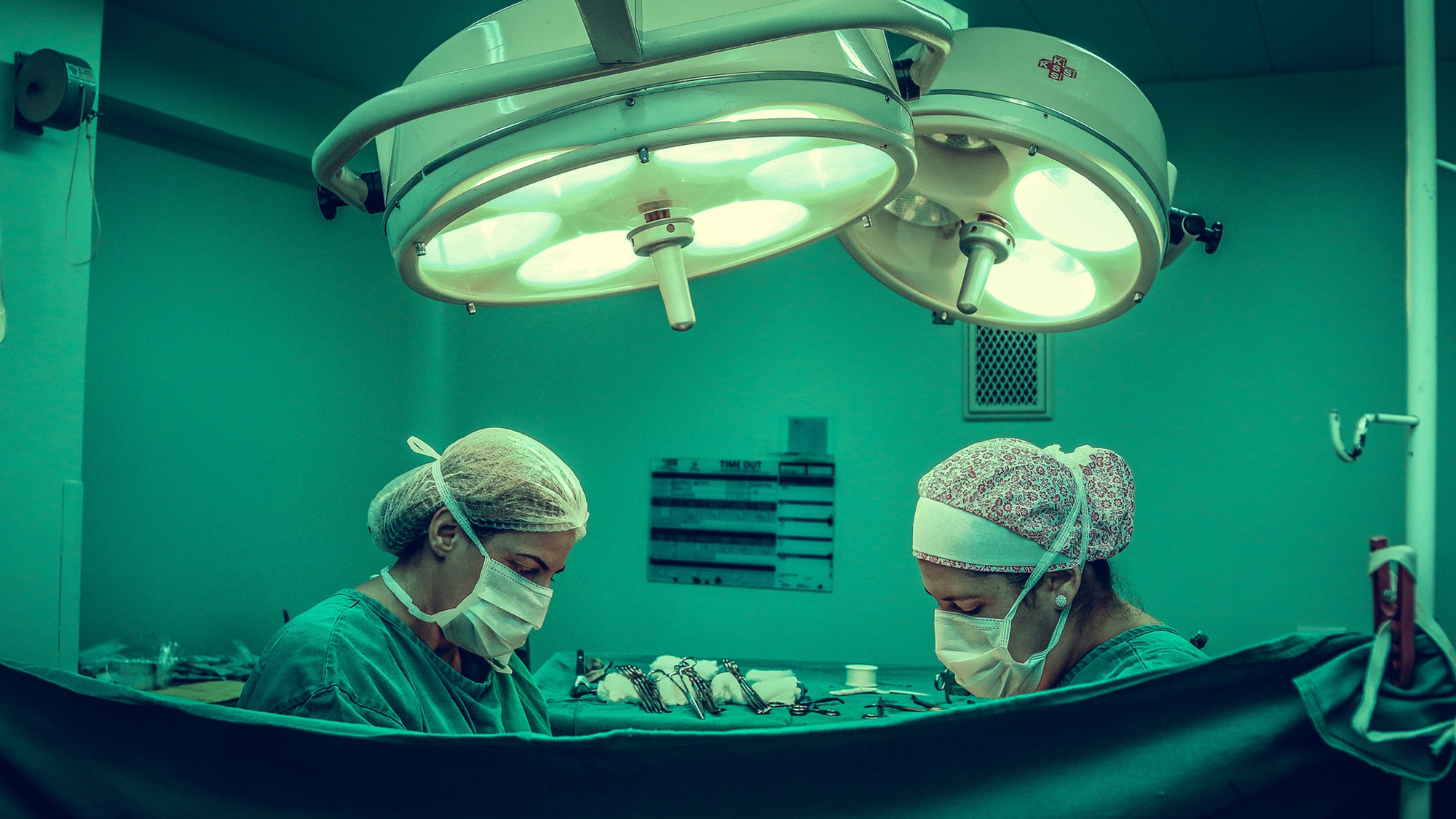
A newly detected molecule that helps reduce damage from sustained loss of blood flow to cells and tissues could eventually be used to prevent collateral harm to vital organs during surgery, according to University of Utah Health scientists. The researchers say a drug based on this molecule could drastically reduce post-surgical complications, particularly following heart bypass procedures.

A drug based on newly discovered molecule GJA1-20k could one day be used to prevent unintended damage to organs and tissue during surgery, according to Robin Shaw, director of the Nora Eccles Harrison Cardiovascular Research & Training Institute (CVRTI) at U of U Health.
"A particular problem facing all of us when we undergo surgery, particularly vascular surgery, is that blood flow is often compromised," says Robin Shaw, corresponding author of the study and director of the Nora Eccles Harrison Cardiovascular Research & Training Institute (CVRTI) at U of U Health. "Any time we limit blood flow, even if it is for a good reason, this can cause damage to the organ that we're trying to rescue as well as damage to other organs. In our animal studies, we found that the molecule, GJA1-20k, can help mitigate ischemia, which is the loss of blood flow, potentially preventing unintended harm to cells, tissues and organs."
The study appears in eLife, an online, peer-reviewed journal.
Induced ischemia is commonly used in surgical procedures such as heart bypass surgery, Shaw says. Nearly all of the 500,000 open heart surgeries performed in the United States each year rely on heart-lung machines to keep patients alive while surgeons graft healthy arteries and veins onto an ailing heart. However, these machines aren't perfect. Often oxygen doesn't flow or reach organs as well as it would naturally, a patient can experience low blood pressure, and tiny blots clots can form. All these possibilities can unintentionally cause mild ischemia in organs throughout the body.
"There are multiple possible causes for ischemia to the brain during cardiac surgery, but the bottom line is that after surgery almost half of the patients experience cognitive impairment that can last for months to even years," Shaw says. "For other organs such as kidneys, limbs and heart, surgeons cut off the circulation in order to perform vascular surgery. We should be able to limit damage to these organs that occurs as a result of vascular procedures."
Based on animal studies, scientists have long known that inducing short bursts of low vascular blood flow-three to five minutes each-can prevent longer lasting and more serious ischemic incidents such as heart attack or stroke, according to Daisuke Shimura, lead author of the study and an associate instructor at CVRTI. But replicating these protective effects, called ischemia preconditioning (IPC), in humans has proven difficult.
"Researchers have studied the potential of a protein called Connexin43, a possible mediator of this process, as a drug target," Shaw says. "However, Connexin43 and similar proteins have failed to reproduce IPC in clinical trials."
In their study of human cells and mice, Shaw and his colleagues discovered GJA1-20k, a peptide that is produced by the same gene responsible for Connexin43. The researchers found that the peptide, which increases in response to reduced blood flow, appears to mimic IPC protection in the heart.
Specifically, GJA1-20k causes organelles within cells called mitochondria to divide. Normally, this is considered bad because smaller mitochondria usually don't work as well as larger ones. However, in this case, the peptide induces mitochondria division in a healthy way, Shaw says. It is protective because GJA1-20k-induced smaller mitochondria produce fewer substances called free radicals, which play a key role in ischemia and reduce oxygen consumption by cells.
In experiments with mice that had reduced the ability to produce GJA1-20k, the researchers found that inducing ischemia in hearts caused mitochondrial dysfunction, free radical release and heart muscle death. Hearts that genetically overexpress GJA1-20k were protected against ischemia. Shaw says these findings confirm that when ischemia occurs in hearts and other organs, they produce GJA1-20k in order to protect themselves. The results also suggest that providing GJA1-20k, such as through an infusion (IV drip), safeguards organs from damage caused by diminished blood flow.
"GJA1-20k is a magic molecule that has been hiding in plain sight all along," Shaw says. "It completely reproduces the protective effects of ischemic preconditioning. In time, this is a molecule that could be turned into a life-changing drug."
Moving forward, Shaw and his colleagues are testing the effects of GJA1-20k in other animals with relevant physiological features that more closely resemble those found in humans.
In addition to Shaw and Shimura, U of U Health scientists Rachel Baum, Steven Valdez, Junco Warren, Joseph Palatinus and TingTing Hong contributed to this study. Researchers at the Howard Hughes Medical Institute, Noorda College of Osteopathic Medicine and the University of California at Los Angeles also participated in this research.
The study, "Protective Mitochondrial Fission Induced by Stress Responsive Protein GJA1-20k," appears in eLife. The National Heart, Lung and Blood Institute, the National Institute of General Medical Sciences, and the Nora Eccles Treadwell Foundation supported this research.






